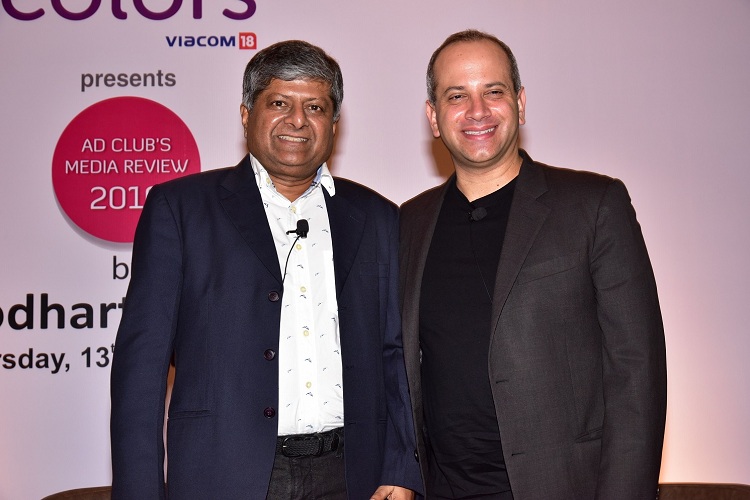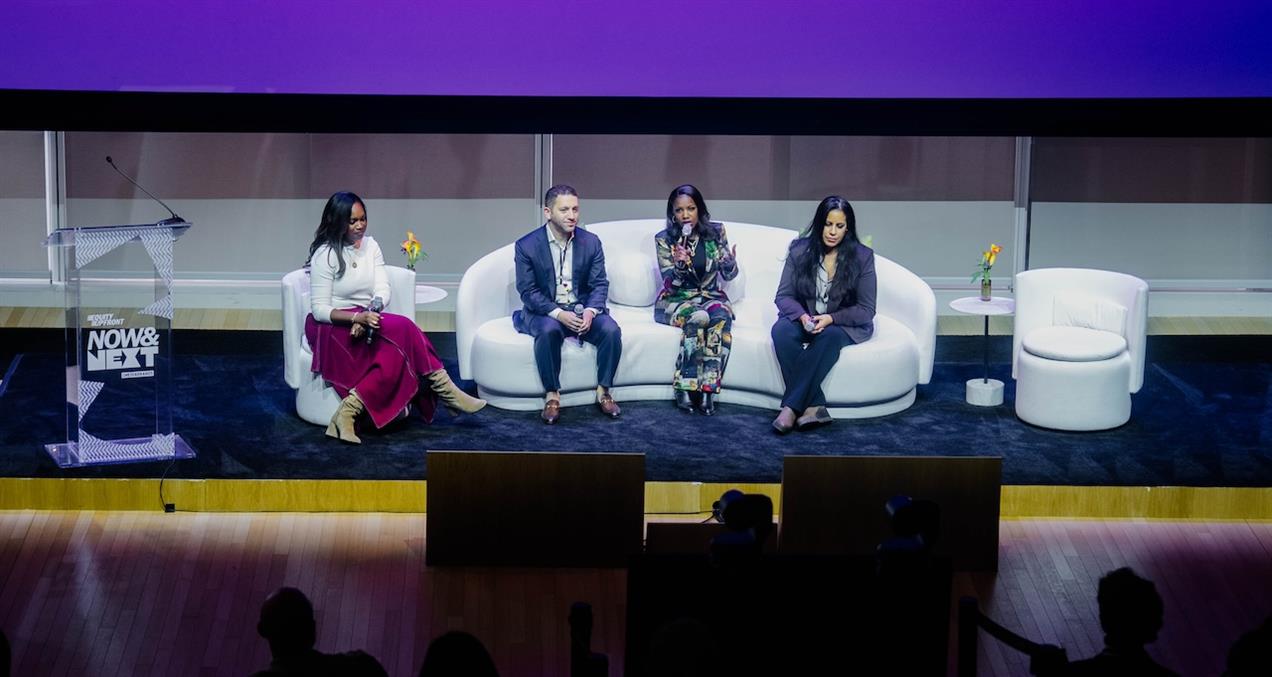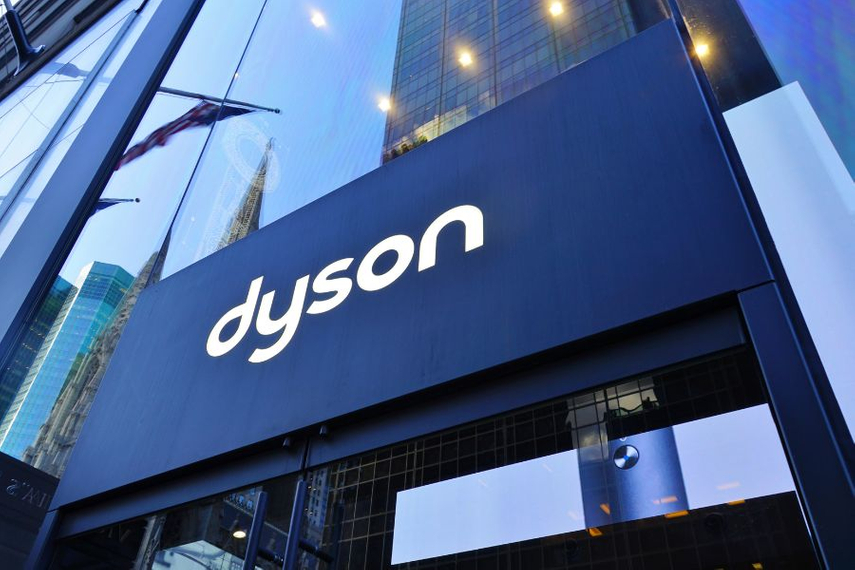Shashi Sinha, CEO, IPG Mediabrands, and Jonah Goodhart, CEO, Moat, took stage at the Ad Club’s Media Review on 13 October 2016 to talk about ‘Growing India’s AdEx with measurement’.
Quoting Henry Ford, Sinha said, ‘A man who stops advertising to save money is a like a man who stops a clock to save time'. He however underlined the need for metrics on performance of media spends.
Citing significant developments in media measurement, he noted that BARC, which was launched a year ago for TV audience measurement, has ramped up to 25,000 (TV) meters in two to three years, and will go up to 50,000 in 'the next few years'.
“With BARC the big thing is rural measurement. Rural is something which has suddenly become a currency. People are talking about it, and how expanded reach is helping. Broadcasters are changing their strategies too. Rural is going to grow. Currently it’s only 6,000 to 7,000 meters, but will be growing. The growth of most FMCG companies is coming from rural India. Rural is growing faster than urban India. You see the clients’ plans earlier – they were all urban plans with a national spillover. Now, for a lot of brands planning is urban plus rural. We are seeing it happening,” he explained.
Other points he touched upon were NCCS (New Consumer Classification System) and audio watermarking.
On BARC’s ‘TV plus digital planning’ measurement efforts which are currently underway, the speaker 'guesstimated' that there should be more clarity on the same by September 2017. Touching upon issues to might have to be overcome, he noted that while clients and digital agencies will push the system towards an integrated metric for measurement, 'the big boys in broadcasting will have to make up their mind'.
"Digital is inevitable and we should embrace it and therefore have a common currency to measure. In the short run it will cause disruption,” said Sinha.
He added, “Digital, also from a BARC standpoint, will also need technology. Digital is so fragmented and so panels alone won’t work. With error levels in the measurement so high, you can never measure digital just with panels. Finally, big data will be needed. That’s when the challenge will come."
"If you want a third party source it will need to have a big data source. It has a lot of challenges. But, whenever it happens, be it six, twelve or eighteen months later, it’s a positive move.”
He spoke about the IRS, noting that it has been delayed 'for a variety of reasons', and added, "If you are an optimist, the sample size has become far larger (40 per cent increase). Technology wise, double CAPI devices are introduced. There’s data fusion involved too. Fusion was there before too, but it’s going to happen at a larger scale, which is a good thing. Then, of course at some point of time the MRUC is moving towards thinking of multimedia evaluation. Once IRS comes out, which is maybe six to eight months down the line, it could happen.”
The next measurement facilitator he spoke about was ABC (Audit Bureau of Circulations). Sinha was chairman of the Bureau until September 2016, before handing over to Eenadu's I Venkat.
He underlined the evolution of the legacy body for circulation, and said, "The ABC is already testing digital. Some of the big publication sites are testing it and tagging the sites. It’s been happening for the last three to four months. A couple of big boys have to get their mindset right and say that they are ready to be measured in digital. It’s not very expensive. This is reasonably cheap compared to television. It’s about getting a date. Mr Venkat has said it should be up and running by Diwali, so give or take a couple of months and it should be running.”
He labeled the above as work in progress already and got to what is expected for the future.
Calling for a single-source data metric, he said, “It will be a dream come true. That will facilitate better planning and targeting. A lot more in analysis will be provided and will ensure for CMOs that much more empowerment to ensure he’s taking the right decisions. It’s a tough one for various reasons, but I believe in the interim there could be a short run measure which may not be single-sourced, but maybe a single view of the truth. You can pick up multiple data points and use it as a fusion. Fusion works for us. We need fusion to get going. There are enough bodies and we have data from BARC, IRS and ABC, someone has to take the lead (stakeholders) and get fusion. This could be what I call ‘the single view of the truth’, the way we are going. Finally, we have to embrace big data. It needs to be a reality for industry bodies. It can create an altogether new level of segmenting. We need to come together, have commonality of thought and have pooling of sources. The first step is for all of us to come together.”
Sinha also spoke about the possibility of moving from CPRP (Cost per rating point) to CPT (Cost per thousand). He said, “We are using different metrics to measure different data. Digital measurement works on more advanced metrics. CPT can be the new metric. Effectiveness can be added as a layer on top for exposure. “
Furthering the case for CPT to be used, he said, “CPRP, the current buying metric for TV, has outlived its utility. It hides real growth. A shift to CPT is needed. Low CPT in India presents a big opportunity to drive growth.”
He surmised saying media professionals have to upgrade their skillsets. “The future will be all about multi-screen planning. Source of exposure will not matter. Skillset enhancement is the need of the hour. Big data will be an added advantage.”
'Ads are content too'
Goodhart, the CEO of Moat, a marketing analytics company, cited the purpose of Moat as: 'To make brand advertising more effective online'.
He explained, “Measurement has been in the news recently. It’s important, but we are in the industry of storytelling and communicating a message. So, it’s about how we say stories in a world very digital. The world has changed, but it’s still about communication.”
Sixty seven per cent of ad spend worldwide is on branding, as against only 25 per cent of digital ad spends, he said. Digital has been a direct response platform, contended the speaker, adding that clients say there are no consistent measures of success for brand marketers.
"Branding takes time. You don’t see an ad for a car and go out and buy it (immediately). So there will never be a single way to measure success,” he added.
Yet the money spent on digital is growing, including in India where it was growing at 10 to 12 per cent, according to Goodhart. US $168.5 billion are spent on advertising in digital, yet there’s no right metric, he rued.
Talking about India’s smart phone boom, he said, “There are 300 million smart phone users in the country. So, it is critical we ask questions about digital. The challenge is that it has foundational challenges. Just because an ad is viewable, it doesn’t mean that is effective. Content and ads are fighting the same screen on digital. The scarce resource we have is attention. And that’s the only thing the marketer wants.”
The speaker made the for viewability as a currency. “In the US, publishers, advertisers and agencies have moved to a viewable currency. A viewable ad is an ad seen for a second. A viewable video, is one that has been seen for two consecutive seconds. Half of all ads are viewable, the other half have merely been seen. Viewability drives brand lift.”
Goodhart concluded by speaking about the topical ad blockers and bots generating traffic. “It’s not great. People are generating and spending dollars based on fake traffic. US $7.2 billion is being spent on advertising to bots. Attention is the key to branding. Viewability is the base, but you need to get attention. Consumers are installing ad blockers. There are 122 million ad blockers installed in India. UC Browser has a pre-loaded ad blocker. So, if we don’t get the experience right, why will consumers want to watch us? Ads are content too. The sooner we can get consumers to look at ads as content, the better it will be.”




